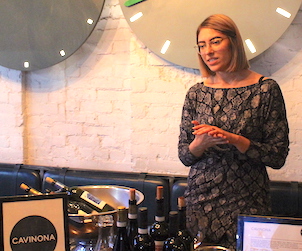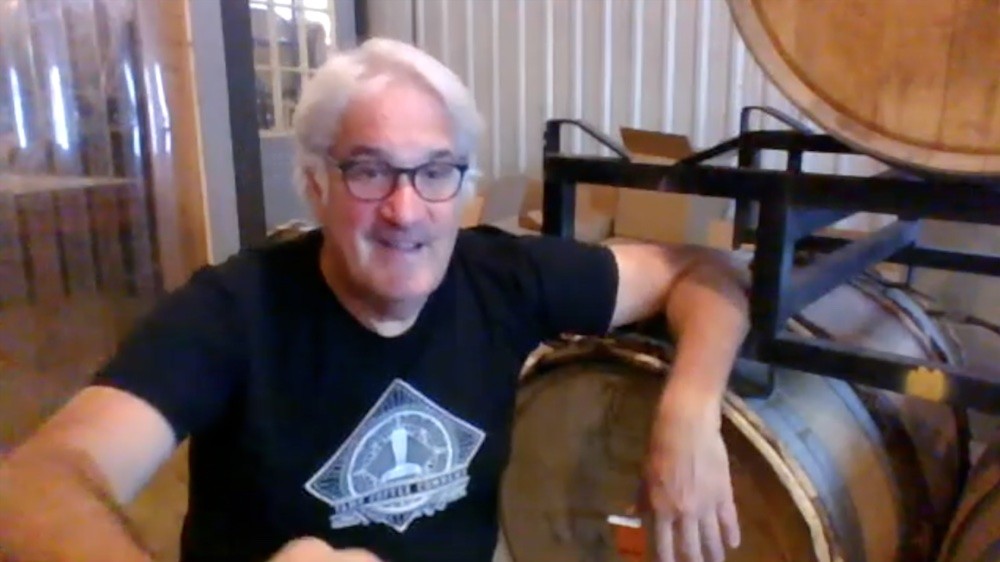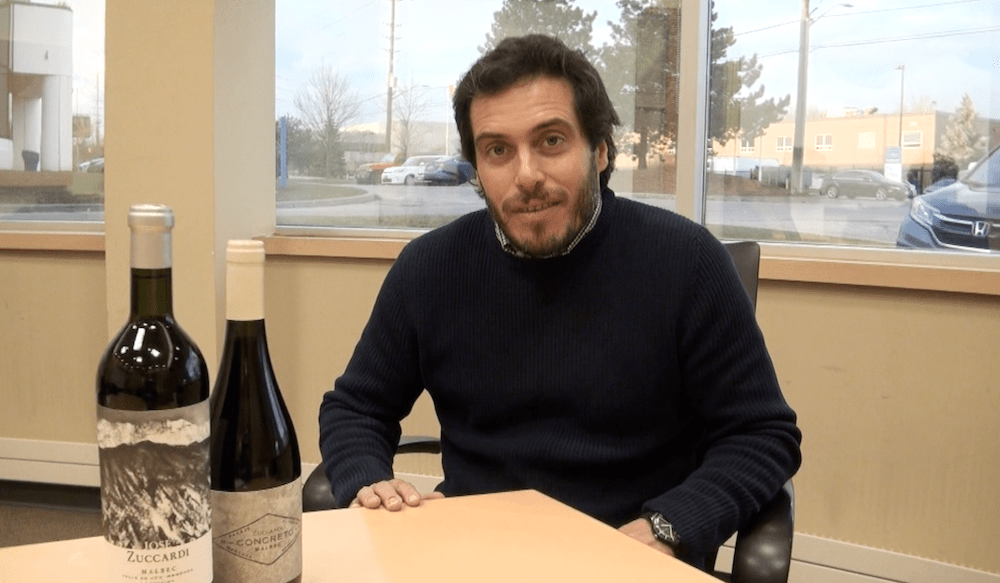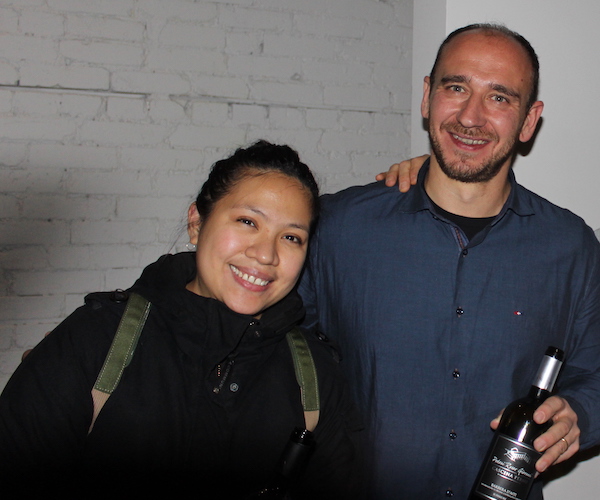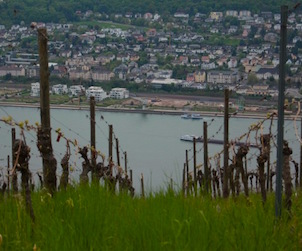Malcolm Jolley tries some rare Italian wines at Terroni Bar Centrale.
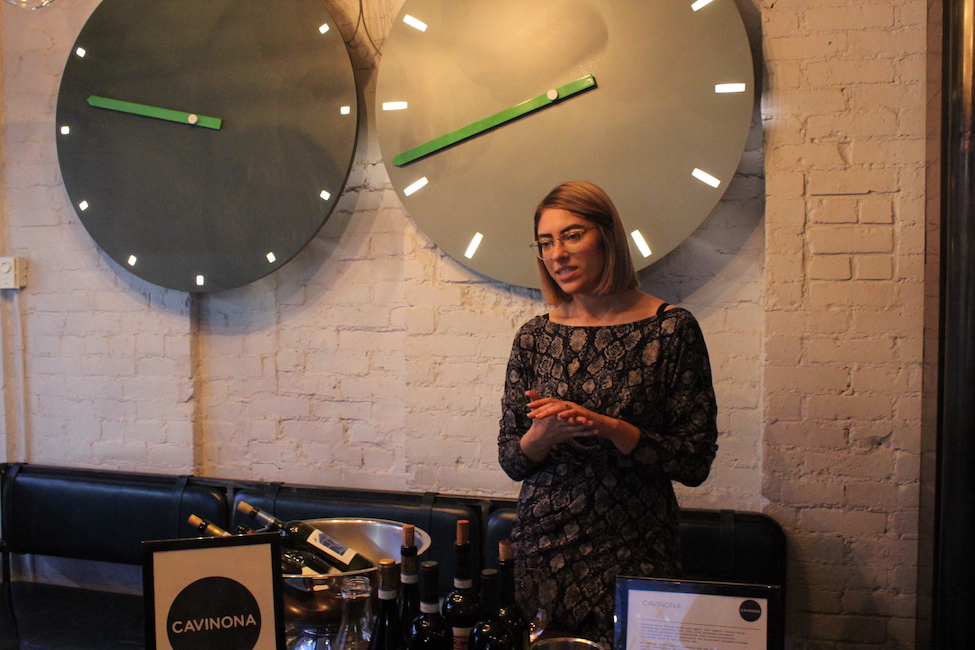
Jamie Drummond and I don’t just publish Good Food Revolution, we also read it and often learn a thing or two from our contributors, each other and our Good Food Fighters. So it was on Monday when Cavinona, the wine import agency that sells to the Terroni group of restaurants, put up this GFR post about a series of 5 to 7 o’clock tastings at Bar Centrale. Bar Centrale is around the corner from my home and office, so I decided to drop in and say hello to Gianna Sami who was pouring and explaining on Wednesday evening. I got there early, in between a visit to my butchers, Olliffe next door, and picking up my son from his Tae Kwon Do down the street. I think I might have to make this a regular part of my Wednesday evening for the duration of the February series.
The Cavinona and Terroni partnership is somewhat unique, in so far that it is as close as one can get to “off-license” sales in this province. I’ve used it and it’s pretty cool. If there’s a wine by the glass at one of the restaurants that I particularly like, I’ll look it up on the Cavnona website, and if the price is right, I can order it right away and expect a case delivered within Toronto in the next day or two. The tasting series works the same way. What’s also quite cool is that, like the Terroni wine program, Sami is featuring unusual and rare Italian wines, sometimes from regions or sub-regions that you might not see anywhere else in Toronto. By way of example, here’s what we tasted the other night. The names of the wines all link to their page on the Cavinona website, if you’d like to know more about price, etc. They are all in the $30-$35 range per bottle.
First we tried the 2015 ‘Remigio 100’ Lambrusco Grasparossa Colli Scandiano e Canossa DOC: a light red bubbly wine*. Lambrusco is made famously in Emilia-Romagna. E-R is the home, among other delicious things, of Prosciutto di Parma, and the wine seemed to be crying for salty, meaty salumi and salami. A very playful way to kick things off.
Next we went north and high to the Valle d’Aosta running down from the Alps for a few sips of the 2015 Vini Estreme Blanc de Morgex Valle d’Aosta DOC. Vini estreme translates to extreme wines, and I think it must refer to the altitude of the vineyards: 1,000 metres. That’s a lot of metres, and well out of the range for growing in most regions. The rare Prié Blanc grape the wine is made from must be suited to the near Alpine conditions and it makes for a unique wine. It’s full of florals and fruit and it has this soft and round mid-palate that belies a higher than discernible acidity that draws water to the mouth. A really interesting wine that would be fun as an aperitif.
Moving down to Campania our second wine was from the island of Ischia just off of Naples. The 2015 Euposia Forestera Ischia Bianco DOC is made from the Forastera grape, grown on only four farms on the island. It’s a beautiful and elegantly made Mediterannean wine with good stone fruit and food friendly acidity. This wine wants a light lunch with a good friend.
Then it was onto reds (or back to reds, I guess) and back up north. First off was a Nebbiolo made wine from Piedmont, but it was neither Barolo nor a Barberesco. Instead of echoing the big bold notes of those two famous neighbouring wines, the 2012 Carema Classico DOC is a very pretty and delicate wine, closer in profile to cool climate Pinto Noir with subtle cherry notes. It turns out that Carema is much further north than Alba, and the sub-Alpine climate makes for an altogether different flavour profile. This wine raised eyebrows in the best possible way.
Down the peninsula we went, arriving in Tuscany for a taste of the 2014 Rosso di Montecino DOC from Casanuova delle Cerbaie. Roughly half the price of Cerbaie’s Brunello, it’s a lovely, fruity and floral red. There is still tannic structure, so it could age, but it showed really well this week to, and would be fine with a good exposure to oxygen. My mangiacake pairing would be rare roast beef, but a grilled steak would certainly do and be, I suppose, geographically more appropriate.
Finally we ended things on the boot heel with the 2008 Carvinea Sorma Salento DOC. This is a wine from Puglia made from “international varieties”, which says a lot about Italy that the Pugliese winemakers consider the Montepulciano grape (70%) from the neighbouring province of Abruzzo to be another country! The other grape in this wine truly is international: Petit Verdot that makes up the other 30% in the blend. This was a lush and plush purple finish from an eight and a half year old wine with lots of life in it.
Can’t wait to taste what Gianna Sami will pour next week!
*In the initial version of this post I made the classic mix-up between the Lambrusca grape, native to North America and Lambrusco which, as Southbrook Vineyards’ Paul DeCampo gently corrected me by way of explanation, is a European vinifera varietal. Sufficed to say I won’t make that mistake again. Thanks, Paul!
Follow my food and wine adventures on Twitter at @malcolmjolley.

